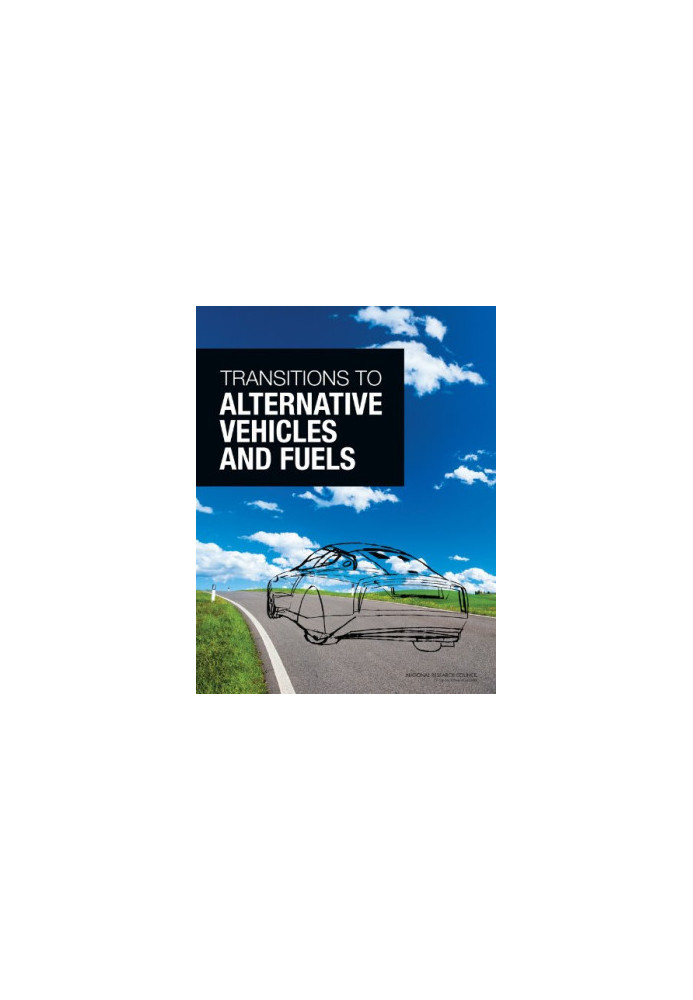Transitions to Alternative Vehicles and Fuels
 Instant download
Instant download
after payment (24/7)
 Wide range of formats
Wide range of formats
(for all gadgets)
 Full book
Full book
(including for Apple and Android)
For a century, almost all light-duty vehicles (LDVs) have been powered by internal combustion engines operating on petroleum fuels. Energy security concerns about petroleum imports and the effect of greenhouse gas (GHG) emissions on global climate are driving interest in alternatives.Transitions to Alternative Vehicles and Fuelsassesses the potential for reducing petroleum consumption and GHG emissions by 80 percent across the U.S. LDV fleet by 2050, relative to 2005.This report examines the current capability and estimated future performance and costs for each vehicle type and non-petroleum-based fuel technology as options that could significantly contribute to these goals. By analyzing scenarios that combine various fuel and vehicle pathways, the report also identifies barriers to implementation of these technologies and suggests policies to achieve the desired reductions. Several scenarios are promising, but strong, and effective policies such as research and development, subsidies, energy taxes, or regulations will be necessary to overcome barriers, such as cost and consumer choice.
LF/238163/R
Data sheet
- Name of the Author
- Board on Energy and Environmental Systems
Committee on Transitions to Alternative Vehicles and Fuels
Division on Engineering and Physical Sciences
National Research Council - Language
- English
- ISBN
- 9780309268523
- Release date
- 2013



























